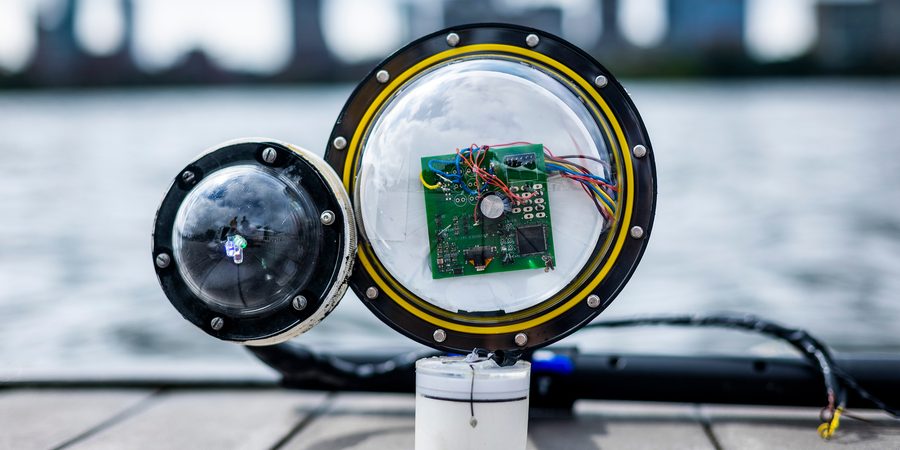Scientists estimate that more than 95% of Earth’s oceans have never been observed, which means we have seen less of the planet’s ocean than we have the far side of the moon or the surface of Mars.
The high cost of powering an underwater camera for a long time, by tethering it to a research vessel or sending a ship to recharge its batteries, is a steep challenge preventing widespread undersea exploration.
Massachusetts Institute of Technology (MIT) researchers have taken a major step in overcoming this problem by developing a battery-free, wireless underwater camera that is about 100,000 times more energy-efficient than other undersea cameras. The U.S. National Science Foundation-supported device takes color photos, even in dark underwater environments, and transmits image data wirelessly through the water.


